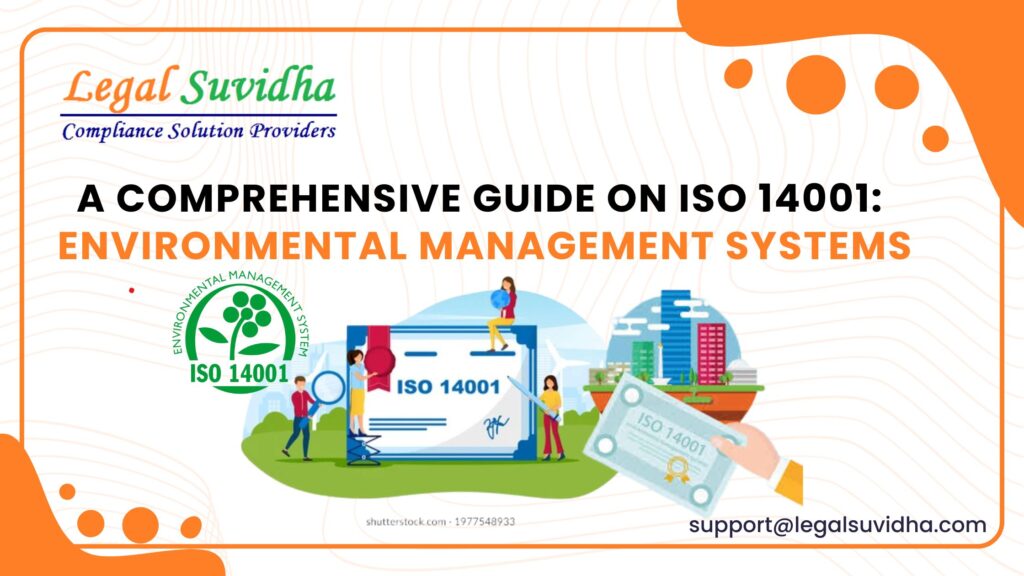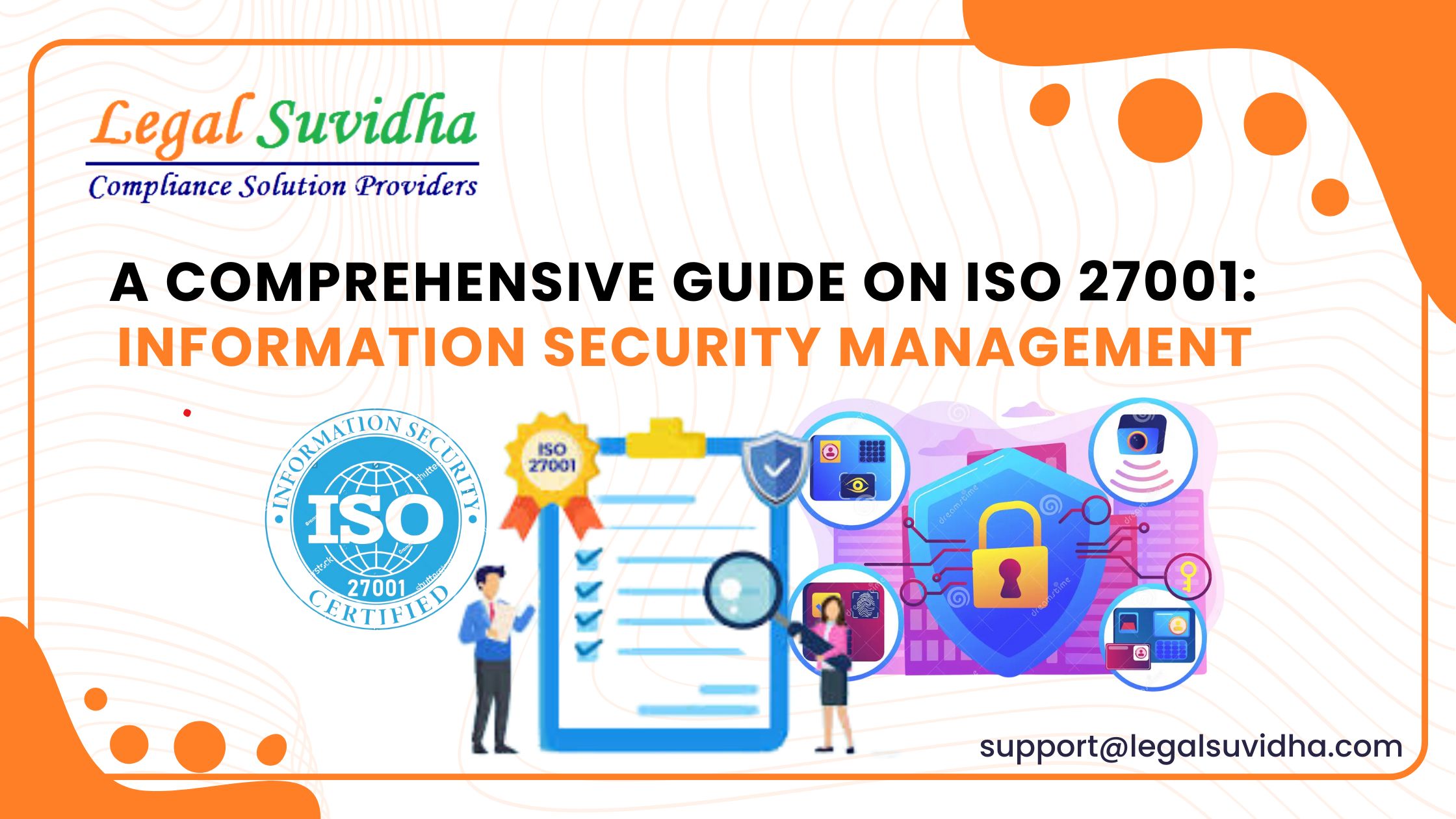ISO 14001: Environmental Management Systems – A Simple Guide
What is ISO 14001?
It is an international standard that provides guidelines for setting up an Environmental Management System (EMS). It was first published in 1996 and has been updated over the years, with the latest version being ISO 14001:2015. This standard helps businesses improve their environmental performance by using resources better and reducing waste, which gives them an advantage over competitors and builds trust with stakeholders.
Key Goals of ISO 14001:
- To offer a clear way to handle environmental impacts
- To make sure businesses follow environmental laws
- To keep improving their impact on the environment
Key Parts of ISO 14001
Environmental Policy
A business must create an environmental policy that shows its commitment to protecting the environment. This policy should be written down and shared across the business, giving clear direction for the EMS.
Planning
Planning includes:
- Identifying Environmental Aspects and Impacts: Figuring out how the business activities affect the environment.
- Laws and Regulations: Understanding and following relevant environmental laws.
- Environmental Goals: Setting specific goals to reduce environmental harm and improve performance.
Implementation and Operation
This part includes:
- Roles and Responsibilities: Making sure people know their roles in managing environmental aspects.
- Training and Awareness: Ensuring employees are trained and aware of their environmental duties.
- Communication and Records: Keeping clear records and communication systems in place.
Checking and Corrective Action
Businesses need to:
- Monitor and Measure: Keep track of environmental performance.
- Fix Issues: Solve problems and prevent them from happening again.
Management Review
Top managers should regularly review the EMS to make sure it is working well and aligns with the business goals.
ISO 14001 Certification Process
Getting ISO 14001 certified includes several steps:
- Gap Analysis: Checking current environmental practices against the requirements of the relevant certificate.
- Documentation: Creating documents like policies and procedures.
- Implementation: Putting the EMS into action and training employees.
- Internal Audit: Doing audits to ensure everything is in place.
- Certification Audit: A certification body checks your EMS to confirm it meets the requirements.
- Certification: Once passed, the business receives the certificate.
Benefits of ISO 14001
- Follow the Rules: Helps businesses follow environmental laws and avoid fines.
- Better Environmental Performance: Reduces waste and improves how resources are used.
- Save Money: Can lower operational costs by becoming more efficient.
- Better Reputation: Improves company image and builds stronger relationships with stakeholders.
ISO 14001 vs. Other Environmental Standards
- ISO 9001 (Quality Management): Focuses on quality control and customer satisfaction, while ISO 14001 focuses on managing the environment.
- ISO 45001 (Health and Safety): Deals with health and safety at work, working alongside the environmental focus of ISO 14001.
Common Problems and Solutions
Problems:
- Resistance to change
- Complex documents
- Lack of resources
Solutions:
- Get employees involved early
- Keep documents simple
- Provide enough support and resources
Resources and Tools
- ISO 14001 Guidelines: ISO Official Website
- EMS Software: Tools to manage environmental performance
- IAF – International Accreditation Forum
FAQs
- What is the purpose of ISO 14001?
- ISO 14001 helps businesses manage their impact on the environment and become more sustainable.
- How can a company prepare for ISO 14001 certification?
- By checking current practices, creating necessary documents, training staff, and implementing the EMS.
- What are the costs involved in ISO 14001 certification?
- Costs depend on the size of the business and the fees of the certification body.
- How long does it take to get ISO 14001 certified?
- It can take a few months, depending on how ready the business is.
- What is the difference between ISO 14001 and ISO 9001?
- ISO 14001 is about managing the environment, while ISO 9001 is about quality management.
- How often is ISO 14001 updated?
- ISO 14001 is usually reviewed and updated every 5-7 years.
- Can small businesses use ISO 14001?
- Yes, ISO 14001 can be adjusted for businesses of all sizes.
- What are the main benefits of ISO 14001 for managing the environment?
- Key benefits include following laws, saving money, and improving environmental performance.
- How does ISO 14001 help with following environmental laws?
- It ensures that businesses meet environmental laws through organized management.
- What do you need to get ISO 14001 certified?
- You need to set up an EMS, perform audits, and pass certification reviews.








